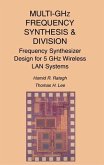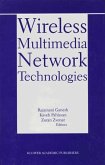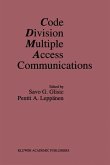Wireless Local Area Networks (WLANs) are experiencing a growing importance recently. Whereas WLANs were primarily used for niche applications in the past, they are now deployed as wireless extensions to computer networks. The increase of the datarates from 2 Mbps up to 11 Mbps for roughly a constant price has played a major role in this breakthrough. As a consequence, an even greater success can be envisioned for the more recent OFDM-based WLAN standards in the 5 GHz band that offer up to 54 Mbps. At IMEC we have realized this potential already several years ago and have established a successful research program on OFDM-based WLAN. The program resulted in an operational prototype of a 5 GHz OFDM system. The longer term goals of this program are to extend the indoor range of the WLAN systems up to 100 m and to increase the capacity above 100 Mbps. Driven by these goals, Patrick embarked on the usage of multiple antenna techniques and, more in particular, Space Division Multiple Access (SDMA) for WLAN as the topic for his doctoral research. During this research, key contributions were made towards making SDMA for WLAN a reality. To name a few: A basic scheme for combining OFDM and SDMA was proposed. Also realistic non-linear detection methods were developed. These me- ods achieve a high implementation efficiency, by exploiting the p- allelism of the data model and the frequency-selectivity of the pr- agation channel.








